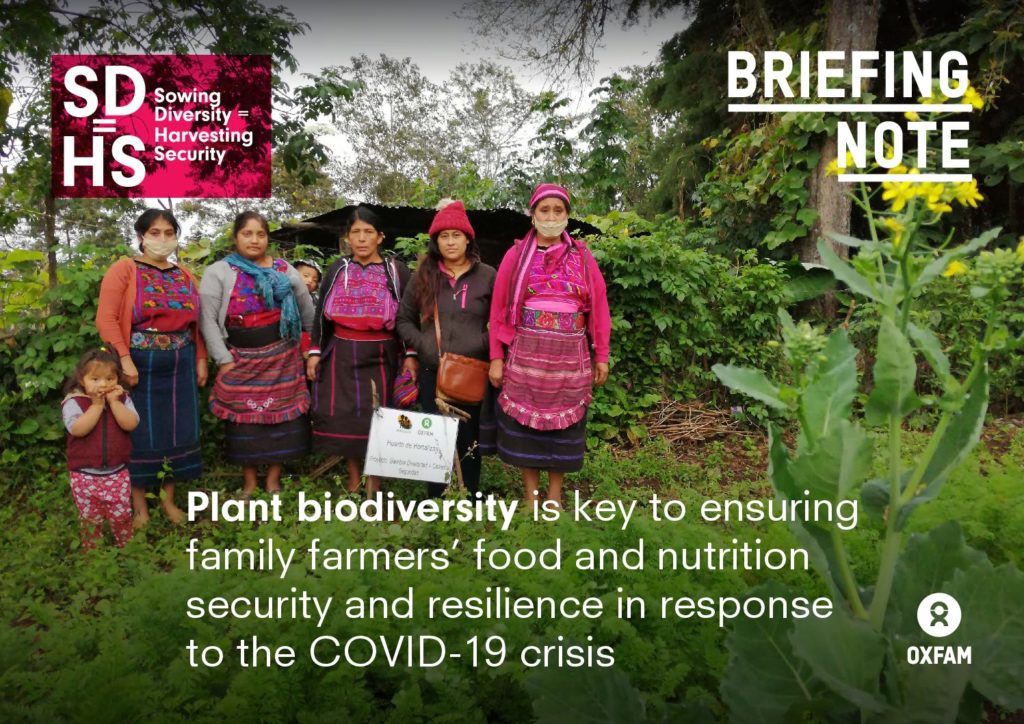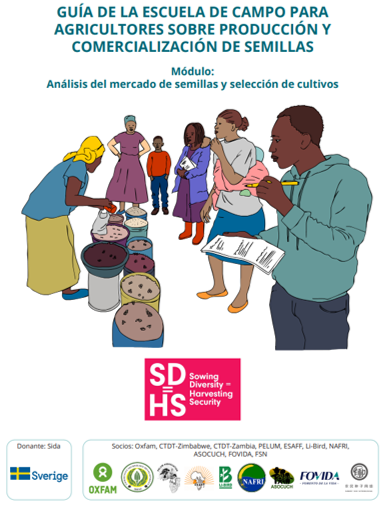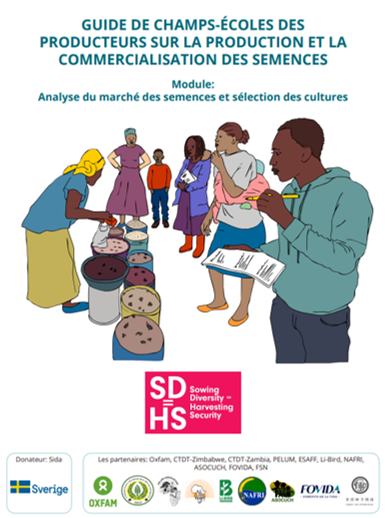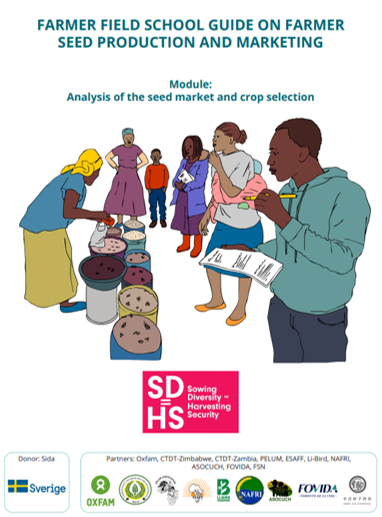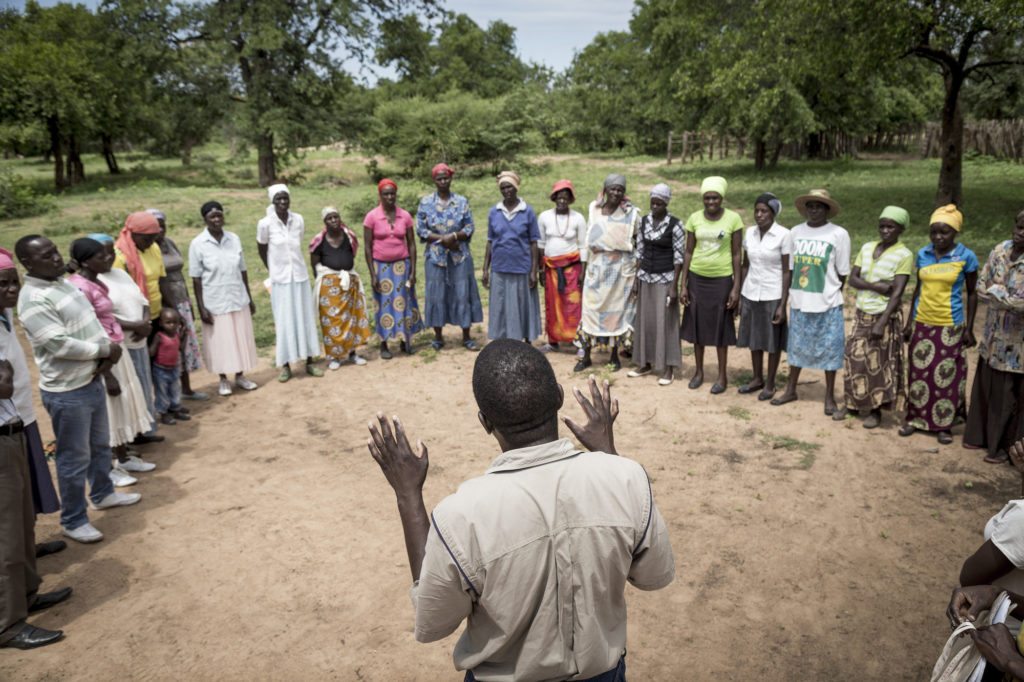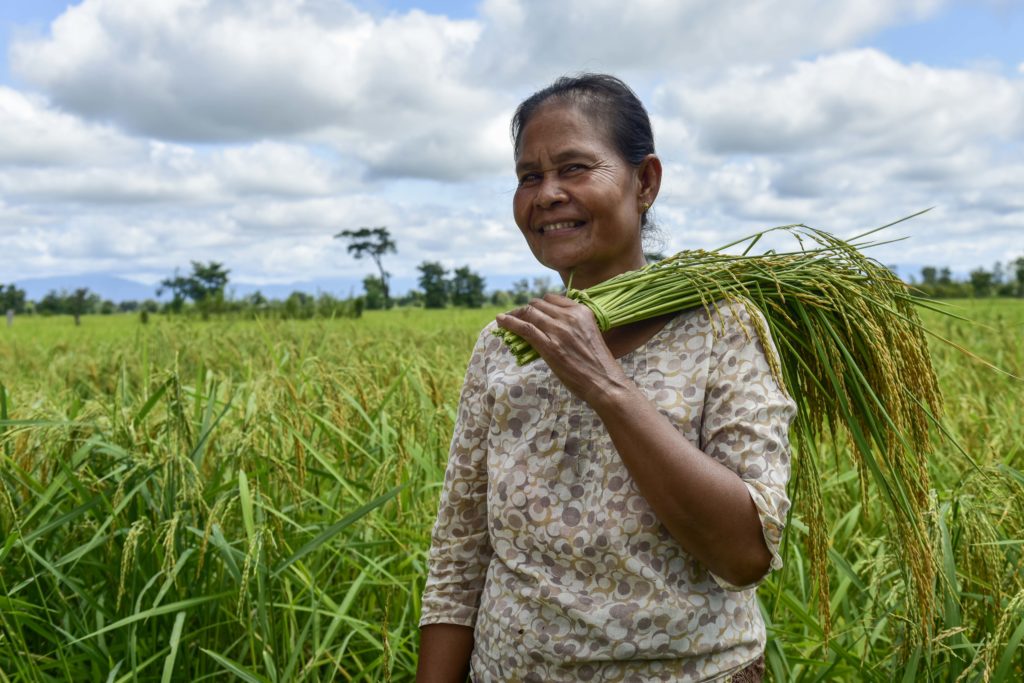Malnutrition is the leading cause of death and ill health worldwide, and in particular in developing countries. Over three billion men, women and children cannot afford a healthy diet. The COVID-19 crisis has made food and nutrition insecurity even worse, particularly for family farmers, who produce most of the world’s food.
Malnutrition remains one of the greatest global health challenges, and women and children are its most visible and vulnerable victims. Shortly after COVID-19 was declared a global pandemic, the 2020 Global Nutrition Report concluded that malnutrition is leading cause of deaths and ill health worldwide. Indeed, the global burden of disease is primarily diet-related, as the lack of healthy food items and nutrients appears to be a critical part of disease risk. As asserted by The State of Food Security and Nutrition in the World 2020, three billion people cannot afford healthy diets. This implies that the world is not on track to meet its zero-hunger goals.
The COVID-19 crisis has worsened food and nutrition insecurity, reducing access to healthy foods around the globe. For instance, by 2022 this could result in an additional 168,000 child-deaths and 2.1 million maternal anemia cases in low and middle income countries. Food security cannot be achieved without access to adequate nutrition – in terms of protein, energy, vitamins and minerals – for all household members at all times. The wide diversity of existing food plants can contribute to reducing and even ending malnutrition and food scarcity by adding diversity and nutritional value to the diets of men, women and children. In Asia, wild food plants have been documented as a key source of vitamins, minerals, secondary metabolites and essential oils. In Africa, indigenous greens have been termed ‘super vegetables’ for their potential to contribute to better nutrition. Latin America is home to ‘super fruits’ rich in vitamins and other important nutrients.
What proven best practices have helped family farmers through this crisis? Family farmers from China, Nepal, Uganda, Zambia and Guatemala have increased their self-sufficiency by using edible plants growing in their surroundings. The SD=HS briefing Note argues that this should have major implications for policy and decision-making in times of food crisis.
Please find the complete blogpost here:
Plant biodiversity is key to ensuring farmers’ food and nutrition security in response to the Covid-19 crisis | Oxfam International
or download the briefing note written by Gisella Cruz-Garcia and Bert Visser.


